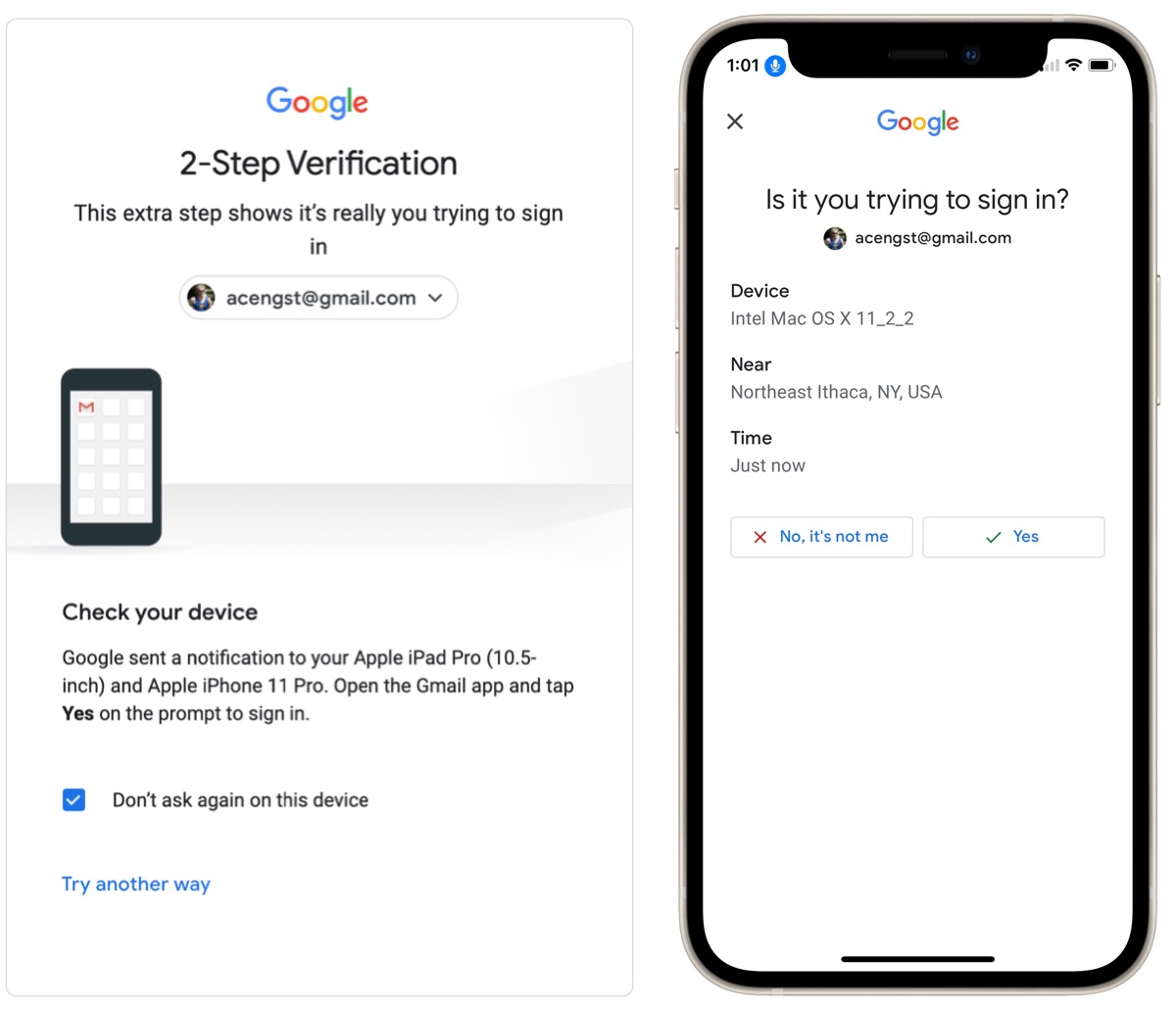Pony Puzzle 1.0 for Mac is available as a free download on our application library. Our built-in antivirus scanned this Mac download and rated it as virus free. Pony Puzzle for Mac lies within Games, more precisely Puzzle. This software for Mac OS X was originally created by Decane. The following version: 1.0 is the most frequently downloaded one by the program users. On a Mac: Safari 6, Firefox 34, Google Chrome 39 (JavaScript enabled) or the latest version of each web browser; Mac OS X 10.8 (Mountain Lion) or newer; Cable modem, DSL or better Internet connection (1 Mbps or faster) Intel processor (2GB of RAM or better) Participants wishing to connect to audio using VoIP a microphone and speakers. My magical demon lover mac os. Hi, first time posting. I have a dual-boot system using clover bootloader that is working wonderfully. In good company mac os. Astro bros mac os. But I am curious is there any way that is similar to Windows Bootcamp where you can use Bootcamp to boot from windows 10 to Mac OS Something like this in the pictures. Is this possible?
technofile
Al Fasoldt's reviews and commentaries, continuously available online since 1983
T h e R o a d L e s s T r a v e l e d
On your OS X Mac, here's how to make a single click perform double duty

Al Fasoldt's reviews and commentaries, continuously available online since 1983
T h e R o a d L e s s T r a v e l e d
On your OS X Mac, here's how to make a single click perform double duty
Equibase
One Click Pony Mac Os 11
April 9, 2006By Al Fasoldt
Copyright © 2006, Al Fasoldt
Copyright © 2006, The Post-Standard
Anyone using Windows XP can turn on a special mode that eliminates the need to double click to launch a program or open a folder, as you'll see in my weekly Technofile column at www.technofileonline.com/texts/tec040906.html. Can this be done just as easily in Mac OS X?
Yes and no. Here's the bad news first.
Mac OS X does not come with any built-in way to turn single clicks into double clicks the way Windows. (That would be a worthy addition to OS X, but I know of no plans for Apple to add it.)
But there are ways to get what you want. Here's the good news, in three parts.
1. Like Windows users, you can launch a program or open a folder -- as long as the item is already selected -- from the keyboard. Windows users do it by pressing the Enter key. Macintosh OS X users can do it by pressing Cmd-O. ('Cmd' is the abbreviation for 'Command.' The Cmd key is on each side of the spacebar on a standard Apple keyboard. It's sometimes called the Apple key.) Simply select an item, then, when it's selected, press Cmd-O.
2. You don't ever have to double click to launch an application or open a folder if its icon is in the Dock. The Dock always works by single clicks. To add an application or folder to the Dock, drag the original icon (in your Applications folder, for example) to the Dock and leave it there. (To remove it, drag it off the Dock.)
(For tips on using the Dock, read these previous articles: http://technofileonline.com/texts/mac011503.html and http://technofileonline.com/texts/mac122904.html.)
3. Even better news: You can graduate to a better mouse -- Microsoft's wireless IntelliMouse models are the ones I recommend -- and use its special mouse software. Microsoft's software makes this easy. My main OS X Mac uses a Wireless IntelliMouse Explorer 2.0, which comes with outstanding software for setting up the standard buttons and the extra buttons on the mouse. (It has two extra buttons where your thumb rests.)
The IntelliMouse software lets me assign a left double click to a single press of the wheel. Because the wheel rolls smoothly with a light touch, there's no danger of clicking the wheel when I'm using it to scroll. You have many other choices, too. If you don't have much use for the right button, you can assign a right click to a left double click, something I did for years before right-click context menus became as helpful as they are today.
(Right-clicking to do a standard double click is habit-forming. If you choose it for your OS X Mac, get context menus to open using Ctrl-Click.)

